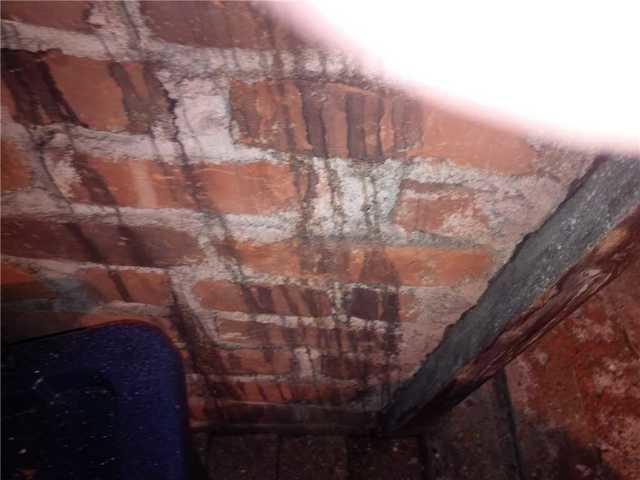
Air Sealing
Air sealing is the process of sealing leaks in a home's building envelope to limit the amount of air that leaks out of and into the house. Conditioned (heated or cooled) interior air leaking out of the house is called exfiltration. Outside air that leaks in is called infiltration. Wet, exterior air caused water to build up in this Collinsville attic, damaging the walls and allowing mold to grow.
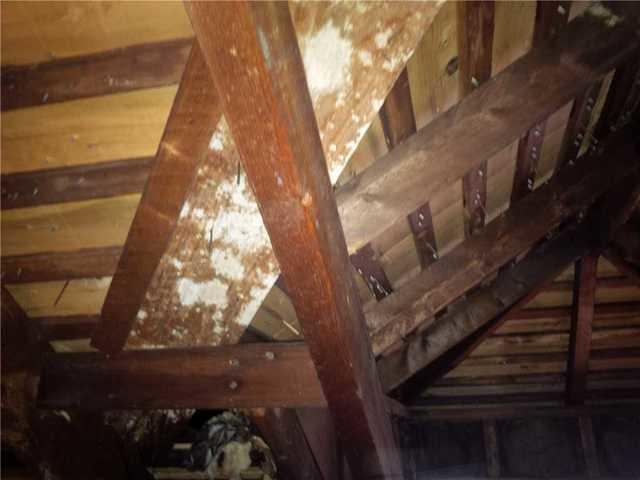
Mold-X Cleaner
Mold is a very tricky organism. It spreads quickly, because living colonies of mold are always releasing "seeds," or mold spores, into the air. The only thing these airborne spores need is a moist, warm organic surface in which to develop. Our attics, basements and crawl spaces provide the perfect environment for them to thrive. Mold-X is applied using a fogger, much like the ones used for pest control. The product will kill and neutralize the mold, stopping it from releasing spores.
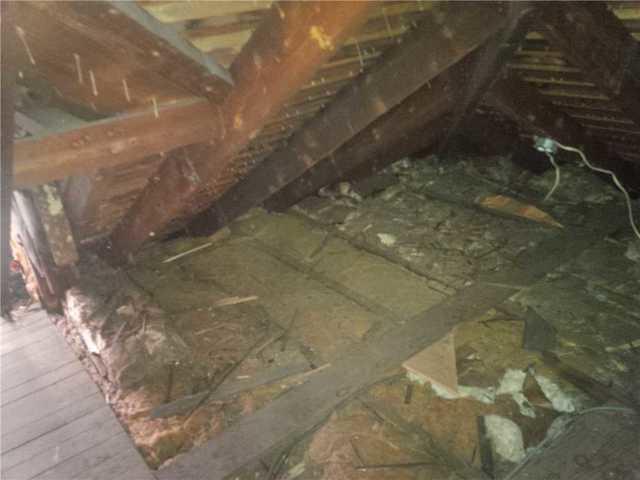
Foam Sealant
Since most houses have too much air leakage into the attic and too little attic insulation, these two improvements should always be completed together. Simply adding more attic insulation will not stop air leaks, because "fluffy" insulation like fiberglass batts and blown-in fiberglass will not stop air leakage. To properly air-seal your attic, our energy technicians need to move aside existing attic insulation and expose all the wall framing, can lights, soffits, vent fans and other details; then they seal all the holes, gaps and cracks they can find. When a blower door test is performed after upgrading the attic air barrier, there will usually be a dramatic reduction in air leakage. Only then is it appropriate to proceed with adding attic insulation. Our team uses an expanding foam sealant to ensure no cracks are left open.
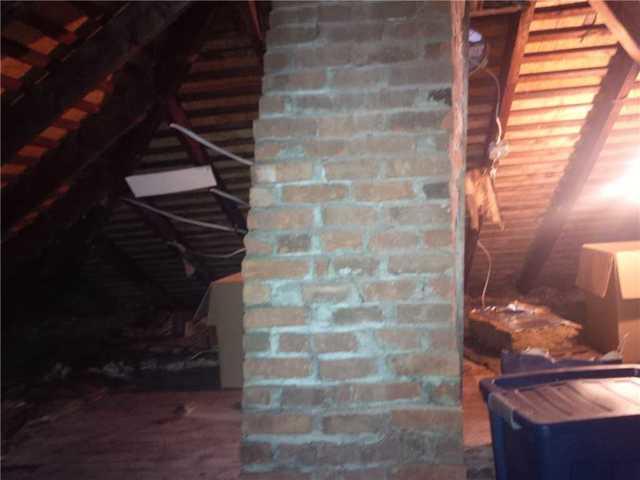
Rockwool Insulation
Rockwool insulation has good R-value: between R-4 and R-4.3 per inch. Its resistance to high temperatures is far above that of other insulation types. Mineral wool won't melt below 2000 degrees Fahrenheit, making it ideal for chimney insulation. Another good thing about mineral wool is its resistance to mold and moisture damage. It absorbs little or no water and won't compress or fall out of place if it gets wet.
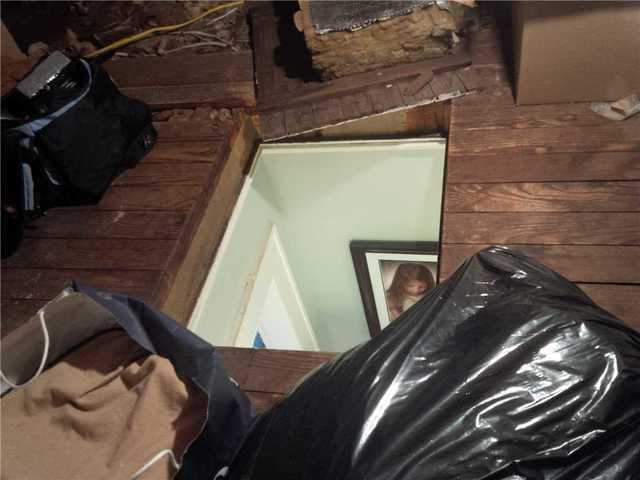
Hatch Cover
Our David Lewis Hatch Cover insulates and is easy for the homeowner to move so they have access to the attic.
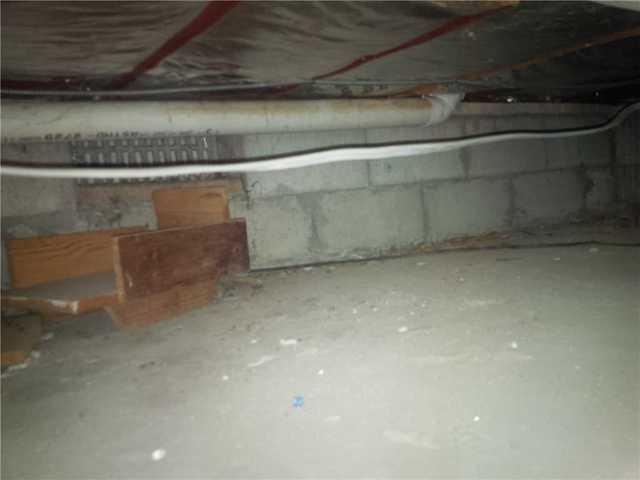
SaniDry CX Dehumidifier
The SaniDry CX is a dehumidifier system designed for crawl spaces, mid-sized basements or other spaces, with a coverage area of 2200 square feet under typical conditions. This unit is the industry best for dehumidifying a damp, humid crawlspace. The SaniDry CX is a compact, powerful dehumidifier that can remove 109 pints of water per day from the air and can operate in temperatures as low as 40°F.

CleanSpace Vent Covers
Old crawl space thinking said that air would blow in a vent on one side of a house and blow out of the vent on the other side. Now we know that a house works like a chimney, sucking air in at the lower levels, including in through all of the open crawl space vents, and then this air rises up into the house and escapes out of the upper levels. Along with the CleanSpace encapsulation system, Basement Systems' crawl space vent covers provide a clean and easy way to save money on your energy bills, keep excess moisture out of your crawl space, and create a healthier environment for your family. CleanSpace Vent Covers go over the old, corroded, unsightly vents for a nice clean looking finish. These crawl space vent covers are durable plastic, so they'll never rust, rot, or need paint. The crawlspace vent covers have a foam insulation and gasket material on the inside to seal off the outside air completely. They also come in three different colors to match your home's foundation.

